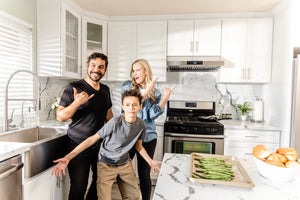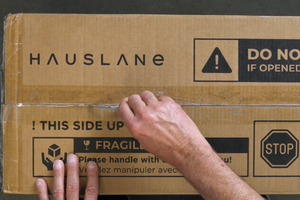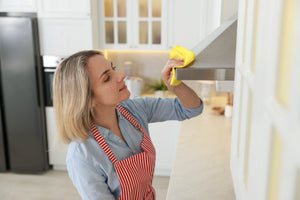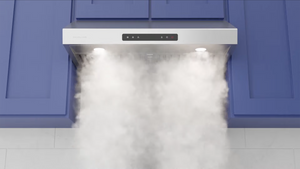Uncovering the Hidden Health Risks of Cooking Indoors
Whether you use a gas or electric stove, the simple act of heating food can generate pollutants. Gas burners in particular produce nitrogen dioxide (a known respiratory irritant) and sometimes carbon monoxide. These gases can aggravate asthma, trigger breathing issues, and contribute to long-term respiratory problems, especially in children, the elderly, and those with existing health conditions.
But it’s not just gas appliances causing concern. Electric coil burners can release ultrafine particles, especially when first turned on. Cooking food (especially frying, broiling, or using high heat) adds even more pollutants to the mix, including fine particles, acrolein, and polynuclear aromatic hydrocarbons (PAHs). All of these pollutants have been linked to negative health effects.
The problem is compounded in smaller homes and apartments, where pollutants accumulate faster and linger longer, especially without effective ventilation.


What Makes Cooking More Harmful?
Several key factors can increase the risk posed by indoor cooking:
- Appliance type: Gas stoves produce more pollutants than electric, though both create harmful particles.
- Cooking method: High-heat methods like frying or broiling produce more emissions than simmering or steaming.
- Kitchen size and layout: Smaller, poorly ventilated kitchens trap more pollutants.
- Ventilation effectiveness: A good range hood or exhaust fan makes a huge difference.
- Burner choice: Cooking on front burners typically leads to more pollutant exposure unless your hood effectively captures emissions across the cooktop.
- Damaged Appliances: For instance, a recent study found that just one scratch on a nonstick pan can release as many as 9,000 toxic microplastic particles into your food. If the coating is heavily worn or damaged, that number can surge to more than 2 million. Over time, ingesting these particles could carry potential health risks.
More Study Results: Cooking Can Exceed Outdoor Air Limits
In a study led by Berkeley Lab scientist, Dr. Singer, researchers monitored pollution levels in nine Bay Area homes while boiling water on cooktops and using ovens (both with and without ventilation). Alarmingly, in four of the homes, nitrogen dioxide levels from gas burners exceeded outdoor air quality standards set by the EPA. These were homes with typical, well-maintained appliances, not malfunctioning equipment.
And that’s the key takeaway: even normal, everyday cooking can lead to dangerous air quality levels without adequate ventilation.
Why Ventilation Is Non-Negotiable
The most effective way to reduce cooking-related pollutants is with a properly functioning range hood. Ideally, select one that vents to the outside Surveys show people often forget to use their hoods or assume they’re only necessary when smoke or strong odors are present.
But many cooking pollutants like nitrogen dioxide and ultrafine particles have no noticeable smell or appearance. So if you’re not ventilating regularly, you may be breathing in harmful substances without even realizing it.
Dr. Singer’s advice: Always use your ventilation when cooking, and use it more the more you cook. Cooking on the back burners can also help, as hoods are more likely to capture emissions from those areas. Even low-speed fan use while cooking on a single back burner can capture up to 70% of pollutants.
If you're shopping for a new range hood, prioritize a quiet model that you’ll actually use. It just needs to work well and be used consistently. At Hauslane, we can help you find a professional-quality range hood at an affordable price point. Start with our quiz to help you find the right range hood for your needs.
Shop Hauslane
POWERFUL KITCHEN VENTILATION
A Healthier, More Informed Home
At the heart of Dr. Singer’s research is a simple goal: empower people to cook safely without compromising their health. Whether you're preparing nightly dinners or elaborate weekend meals, using your range hood is one of the most impactful steps you can take to reduce exposure to indoor pollutants.
Indoor air quality might not be top-of-mind while sautéing vegetables or boiling pasta, but it should be. Because every time you turn on your stove, you’re not just cooking; you’re shaping the air your family breathes.
So the next time you head to the kitchen, remember: a simple flick of the fan switch could make a big difference.








